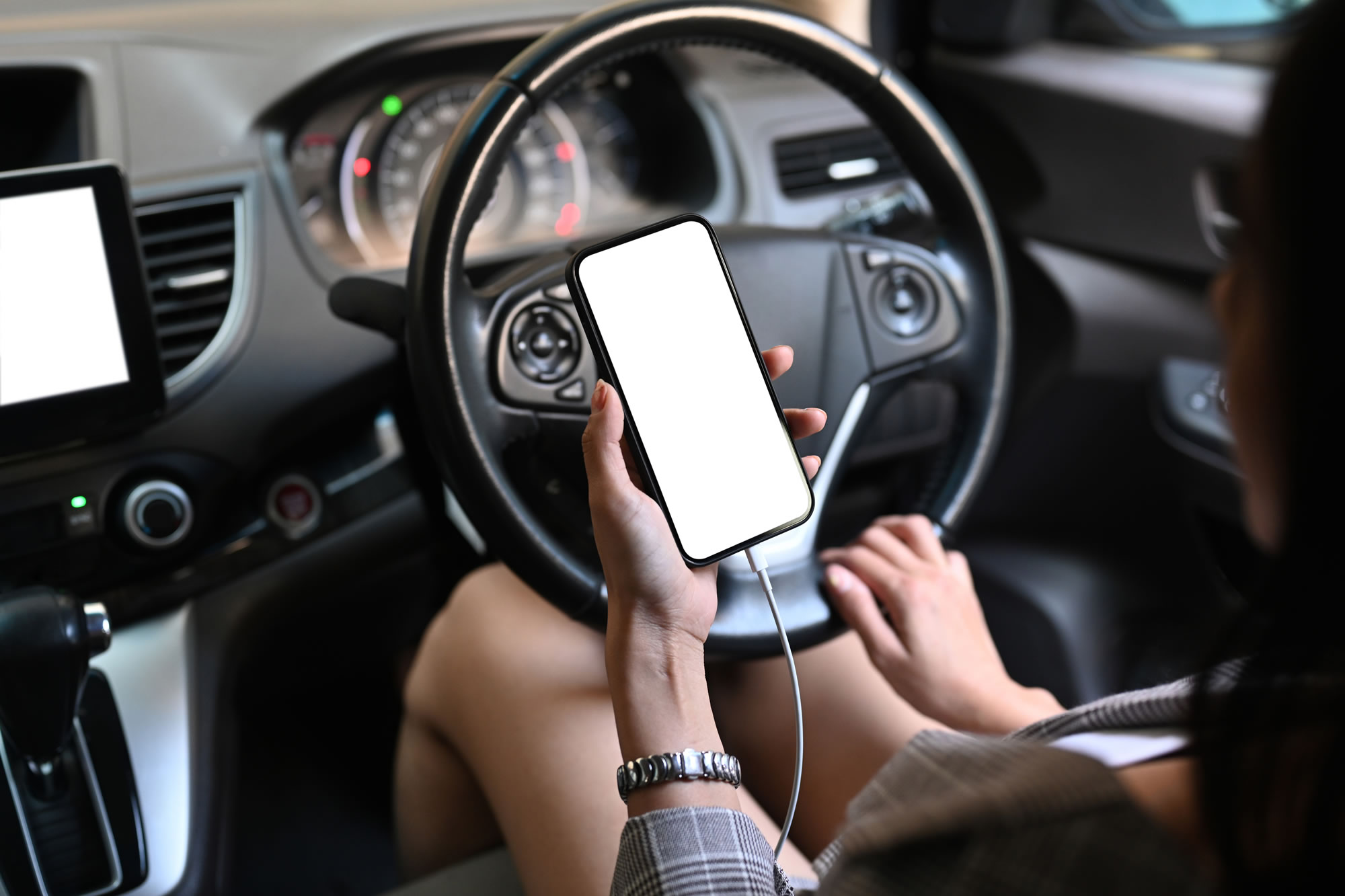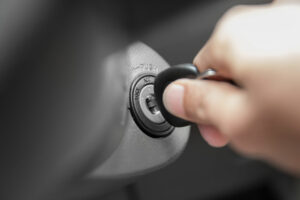If you’re drinking and driving and get pulled over, the police will likely ask you to provide a Breathalyzer sample to determine the level of alcohol in your blood. But what if you’re texting while driving? Get ready for the Textalyzer. Advances in technology are making it possible to determine whether or not a driver has been texting or using their hand-held device while driving.
Back in 2011, Ben Lieberman of New York lost his 19-year-old son in a tragic car crash. His son was in the back seat of a car when the driver suddenly crossed over the center line and collided head-on with another vehicle. It had all the signs of a case of texting and driving, but as Ben found out, that wasn’t so easy to prove.
“Phone records — as I found out the hard way — they’re tough to get [and] it’s an agonizing process,” said Ben of the process. The driver claimed that he was drowsy and merely dozed off, denying that any texting took place. New York, just like BC and many other jurisdictions in North America, has a strict ban and penalties on texting and cellphone use while driving.
After six months of digging, pushing, and challenging the legal system, Ben was able to get the records he needed. In examining the data, the truth came out—the driver was using his phone just before the accident that killed Ben’s son. A young man’s future extinguished by a careless text.
But Ben Lieberman did not let the fight die with his son nor did he let it end with the closing of the case. Creating an advocacy group, Ben has been working with a tech company called Cellebrite to develop a new technology that would essentially be the Breathalizer of texting and driving. The “Textalyzer” can let law enforcement know almost immediately if a phone was in use moments before a crash. All that’s needed it to attach the phone to a device and a quick answer comes back.
Lee Papathanasiou is an engineer who worked on the device: “They can simply just tap one button … and it will process, about 90 seconds or so, and it will show what the last activities were — again that could be a text message and so on — with a time stamp.”
The technology still has some further development before it becomes fully functional and of course, it will have to be accepted by and configured for use in various jurisdictions. The device doesn’t examine what has been sent or shared, only whether or not a phone has been used, which should help alleviate any legal privacy concerns.







